Technology is constantly evolving and changing. In an ongoing effort to meet this challenge head-on, the Office of Management and Enterprise Services is introducing updated technology standards, a crucial next step to provide guardrails for Oklahoma government service.
The state chief information officer is responsible for overseeing the development and publication of technology standards to drive efficiency, security and long-term planning for Oklahoma.
State of Oklahoma CIO Jerry Moore took this responsibility seriously. Under his leadership, approximately 300 OMES Information Services employees answered the call to review and update over 100 technology standards.
“I am very proud of what OMES IS has accomplished as technology standards are crucial in making informed decisions for resource planning and technology investment,” Moore said. “My hope is that the standards provide the guardrails to guide and inform our customers and suppliers.”
Why update technology standards?
Formally, state IT standards are set by the CIO per state statute and have been in place since the statute was implemented back in 2011.
However, with the recent increase in our statewide cybersecurity posture and alignment of our customer experience with services such as Workday, PeopleSoft Financials and ServiceNow, standards have become a necessary tool to move forward.
“We continuously update the state’s infrastructure to safeguard and protect citizen data,” said Matt Singleton, chief information security officer. “Reducing complexity of state technology systems and products helps my team keep Oklahoma secure.”
What are technology standards and how are they set?
OMES collaboratively develops and publishes information technology standards. The standards go through a review process that includes input from agency customers, OMES employees, and leadership guided by the OMES technical writing team. Once completed, the CIO grants final approval, and the standards are published at oklahoma.gov/standards.
The standards guide planning, architecture, design, engineering, and operational activities and can cover any of the following, among others:
- Information systems planning.
- Systems development methodology.
- Documentation.
- Hardware requirements and compatibility.
- Operating systems compatibility.
- Acquisition of software, hardware, and technology-related services.
- Information security and internal controls.
- Database compatibility.
- Contingency planning and disaster recovery.
- Imaging systems, copiers, facsimile systems, printers, scanning systems, and associated infrastructure.
The IT standards provide the minimum requirements applicable for state agencies to follow when using state-approved technologies and, in some cases, define the exact process for providing IT services.
Some agencies may have guidelines that are more specific and that’s okay. Other agencies may need to follow stricter federal requirements and they should do so. The state standards are meant to empower every state employee to make informed technology decisions.
View the Quarterly Review of IT Standards for more information.
What are the benefits of technology standards?
Our technology services and products are defined by more than just the standards. We take a holistic approach, combining reference architecture, standard operating procedures, and standards, all working together to meet the state’s technology challenges.
Once published the standards go through a quarterly review to provide the most up-to-date information. The review also provides the flexibility to pivot from solution to solution based on technology developments, industry trends or changes in a supplier agreement or statewide contract.
“Technology is a rapidly evolving field that continuously presents new challenges,” said Joe McIntosh, senior director of Applications and Data. “Standards empower agencies to make informed decisions when technology and public service intersect.”
Benefits include:
- Empowered agency customers that make informed technology decisions.
- Consistent approach to improve service delivery to Oklahomans.
- Better decisions on how to use technology.
- Reduced complexity and simplified technology.
- Informed resource planning and investment.
In short, technology standards help us Get Stuff Done and better serve Oklahomans.
How do we continue to improve and how can agencies help?
Whether a state employee is ensuring the privacy of citizen data, onboarding a new employee or updating a process with the help of a state IT supplier, there is a standard for that.
State employees are empowered to use and share standards with their peers. View all technology standards at oklahoma.gov/standards.
Workstation standard and the state image
One of our more recently published technology standards is the workstation standard, which provides the approved configurations and deployment services for the state image. Advantages of the state image include:
- Consistent settings across the enterprise.
- Better support experience.
- User self-support through our customer portal.
- Digital experience management.
- 24/7/365 protections and monitoring by OMES Cyber Command.


